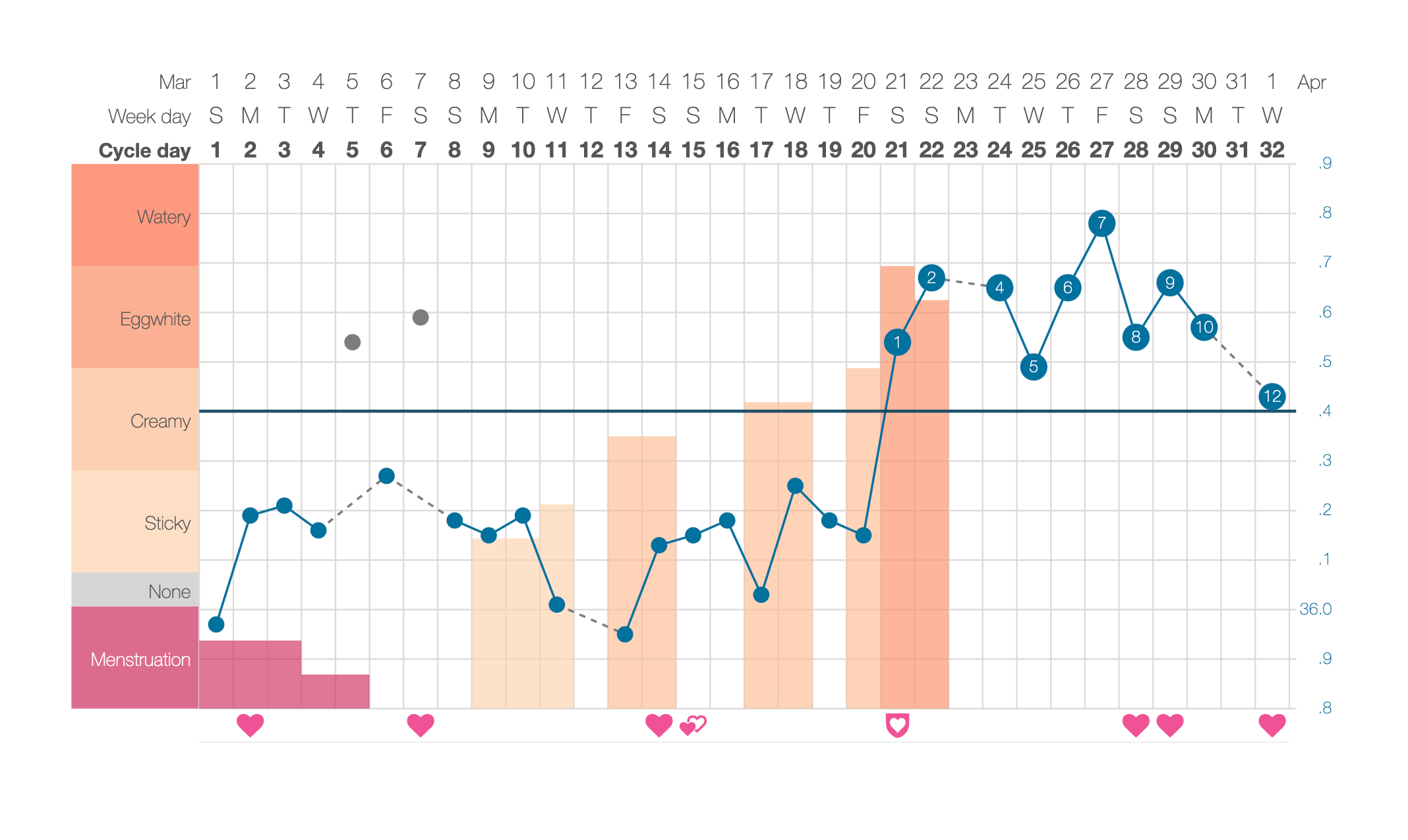
How to temperature track your menstrual cycle (FAM)
Recording your daily oral temperature is one way of tracking ovulation, fertility and the length of your luteal phase. Temperature tracking is easy and accessible to everyone in reach of a thermometer. I recommend all women track their cycle, even if their cycle appears to be running like clockwork because it gives insights we cannot gain from simply observing our menstrual bleed.
Here are some of the benefits of temperature tracking
– It allows you to know if you are ovulating
– It tells you how long the different phases of your cycle are (important for fertility)
– It can help you predict the day your menstrual bleed will start- It can be used as a form of contraception
– It can decrease time to conception
– It empowers women to know and connect with their bodies and cycles
– It improves awareness of how hormones operate
How to track your temperature
Use a thermometer
You can use a digital or mercury thermometer to test your temperature. It only takes 30 seconds and is completed in the morning before you get out of bed. The benefit of using a thermometer is it is compact making it easy to take with you if you are staying with your partner or away for a work trip.
Wearable technology
Wearable technology such as TempDrop allows you to effortlessly check your temperature overnight. It requires you to wear an armband that contains a sensor that monitors your temperature overnight giving an accurate representation of your basal body temp. Many women find this a more convenient option.
Code HALSA10 for 10% off your TempDrop device.
Why does our temperature go up when we ovulate?
When you ovulate, the hormone progesterone causes your temperature to rise. Your temperature will remain high until the day before your menstrual bleed when a drop in progesterone prompts the uterus to start contracting and releasing the endometrial lining. If you are pregnant your progesterone levels continue to stay elevated which is why you stop getting your monthly bleed.
How do you temperature track using a thermometer?
1. Purchase an oral thermometer from your local chemist that is sensitive to two decimal points
2. Each morning before you do anything even getting out of bed, place the thermometer under your tongue at the back of your mouth until the temperature is collected TIP: for those who find it hard to remember place your thermometer on top of your alarm clock so you see if first thing
3. Enter your temperature details into your period tracking app – I recommend Kindara.
4. Work with a naturopath or fertility specialist to help you understand your readings once you have 1-2 cycles worth of data.
*Using a wearable bypasses these steps!
What should my temperature tracking look like?

What you can see is an increase in temperature around day 14 of the cycle. This increase or approximately .5 degrees denotes ovulation has occurred.
After ovulation, our temperature will remain raised until the day before our menstrual bleed begins.
What if my graph does not look like this?
We encourage you to work with your Naturopath or GP to better understand your recordings if it is not clear that you have ovulated. Not all temperature readings look the same and there are a couple of clues practitioners can look at to tell if you did or didn’t ovulate.
What happens if I miss a day?
If you miss a day, that is generally okay but try to be dilegent around ovulation as this is when we get the most value out of the data. It will get easier to remember the longer you are tracking and generally, we can still extract the necessary data from your graph with a missed day here and there.
What if I have a cold or flu?
If you have a cold or flu your temperature will be raised as your body fights off the infection. Make a note in your menstrual tracking app that you were unwell on that day so you know when looking at your graph why your temperature was inaccurate that day.
What are other signs I am ovulating?
Around day 14 of your cycle you may experience:- A change in cervical mucous: the consistency will be that of egg white, clear and stringy
– A change in libido, generally an increase!
– A change in hunger
– A change in mood or energy
– Sore breasts after ovulation
– Skin breakouts, as testosterone is higher before ovulation
– Twitches in your ovaries or light pelvic pain
Some women notice no sights, some women notice all the signs. Work with your practitioner to understand your signs of ovulation and if you are in fact ovulating. After a while, you will be able to easily read and understand your results and can manage and predict your cycle.
Author
Jennifer Ward, Adv Dip Nat, BComm Econ, Masters Repro Med (studying).
Book an appointment with Jennifer here
Learn more about Jennifer here
Do you temperature track and want to share your experience? Or are you looking to get into it but have more questions? Email us as [email protected]





